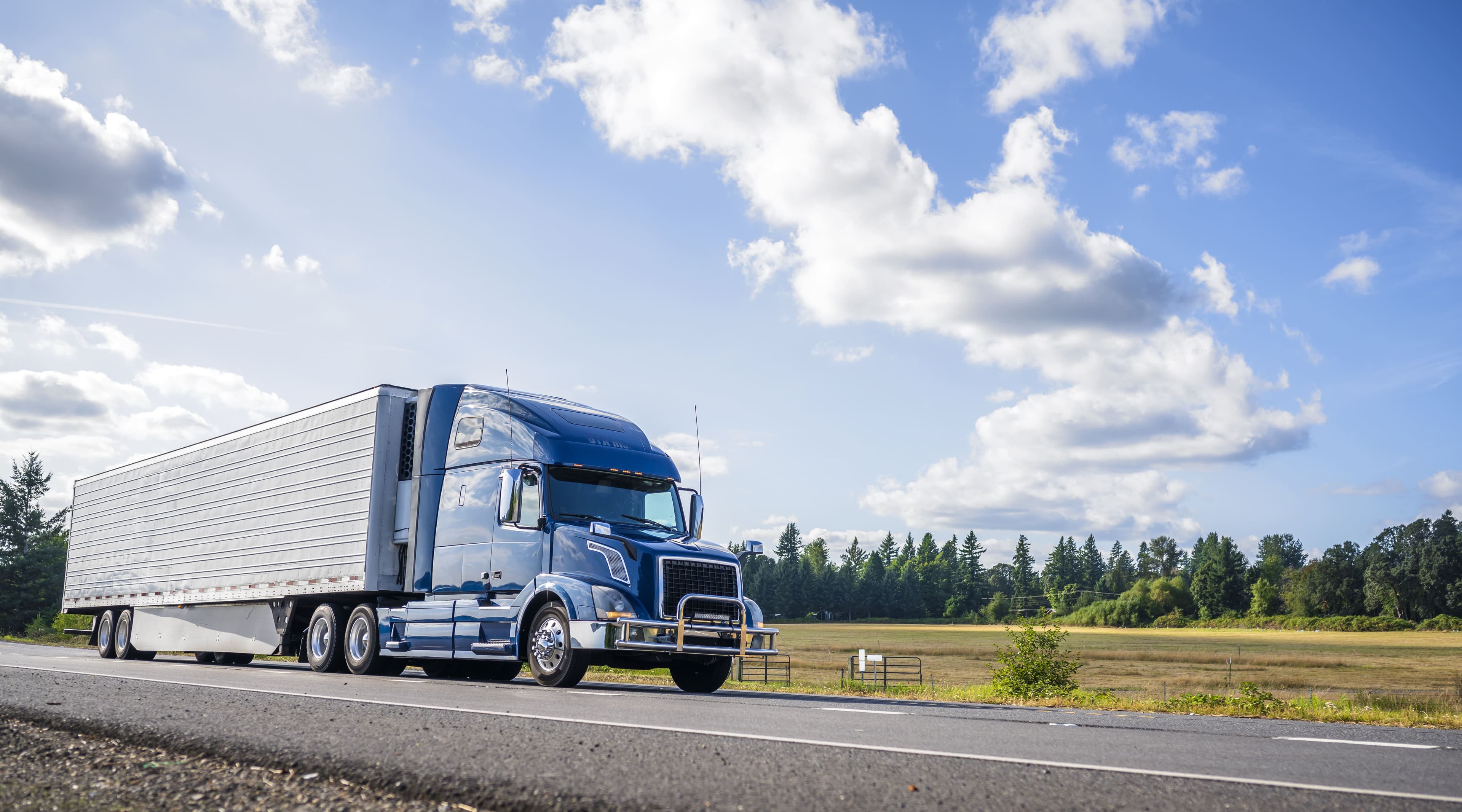Understand the Benefits and Differences of CNG and RNG

Trending
Top Posts

5 min read
April 4, 2024

Share:
In an era where climate change has swiftly transitioned from a distant concern to an urgent mission, the dialogue on sustainability has immensely transformed. Today, sustainability is not just a corporate buzzword; it's a foundational element driving businesses toward a better, greener future. The heart of this transformation lies within our supply chains, where a staggering share of global greenhouse gas (GHG) emissions are rooted, primarily through transportation. The urgent call is not just about acknowledging the looming threat but about developing a strategic and tactical response that aligns with the Paris Agreement and the Science-Based Targets initiative (SBTi).
Based on our recent 2024 State of Transportation report, a significant majority of shippers (98%) have set sustainability goals for transportation, with nearly two-thirds (63%) aiming to achieve specific sustainability certifications or standards like the SBTi. To meet the goals of the Paris Agreement – limiting global warming to 1.5°C above pre-industrial levels – SBT must cover scopes 1 and 2 and scope 3 if the scope represents more than 40% of their combined scope 1, 2, and 3 emissions. In this situation, the targets must seek to reduce at least 2/3 of scope 3 emissions. This trend illustrates a broader shift in how businesses view sustainability – from a mere buzzword to an essential element of their operations.
But setting goals and achieving them are two distinct challenges. To effectively reduce emissions, organizations must adopt a multi-faceted approach, implementing solutions that address the root causes while also working towards long-term sustainable practices.
The 2024 State of Transportation Report unveils a crucial narrative. Shippers are mobilizing comprehensive strategies to curtail emissions. Half of shippers (50%) are taking action in 2024 by evaluating the potential emissions impact of alternative energy sources, the No. 1 tactic. More than 40% are also looking to optimize routes to minimize distance traveled and assess the cost and availability of transitioning select lanes to alternative energy modes. The statistics are clear, shippers are looking to make strides on their emissions reduction targets.
Carriers are making sustainable progress as well. Their top three actions in 2024 include integrating fuel-efficient technologies in their vehicles, performing regular maintenance for optimal performance, and introducing electric or hybrid vehicles into their fleet. Carriers understand that reducing emissions benefits the environment and boosts their bottom line as shippers seek more efficient carriers - a win-win scenario.
With shippers and carriers working together towards a sustainable supply chain, this partnership can create lasting positive change in the industry.
Before embarking on efforts to reduce emissions, it is crucial to first establish a precise emissions baseline. This baseline serves as a reference point to monitor your supply chain sustainability progress annually, reflecting on the impact of operational decisions. For instance, during the year you may have transitioned some shipments to rail, leading to an emissions reduction of 50% to 70%. However, the introduction of more flatbed shipments, known for their lower fuel efficiency, offset these gains by increasing emissions. By leveraging detailed network data at the lane level, shippers can pinpoint the main contributors to emissions within their network over time, gaining valuable insights into their emission trends and discovering opportunities to reduce emissions.
Establishing a precise emissions baseline is a crucial initial step for any organization looking to effectively reduce its carbon footprint. The steps outlined below serve as a guide to reach this fundamental milestone in supply chain sustainability:
When determining your emissions baseline, consider partnering with an experienced and trusted transportation emissions management provider. These experts bring industry knowledge, innovative solutions, and experience to simplify emissions calculation, reduction, and reporting. This collaboration not only saves time and resources but also ensures precision and compliance with current and anticipated sustainability standards and regulations.
Your supply chain sustainability journey isn't a project, it's a process. The transportation sector is continuously evolving, with advancements in technology and alternative energy sources presenting new opportunities for reducing greenhouse gas emissions. Organizations should establish a baseline and actively track their progress toward achieving sustainability goals to adjust strategies as the landscape evolves.
Take the first decisive step towards a greener, more sustainable future with CleanMile. Our emissions management solution is designed to empower your business with the tools needed to accurately calculate a precise emissions baseline, strategize a clear emissions reduction roadmap, and monitor your progress year over year. Don't let the complexity of sustainability reporting hold you back. Contact us for an introductory meeting, and see how we can transform your supply chain sustainability efforts into measurable success. Together, we can drive impactful environmental change.

5 min read
April 4, 2025
Explore how U.S. tariffs, OPEC+ production hikes, and Canada's carbon tax removal drove diesel prices down, creating volatility in global energy markets.
Read more
4 min read
April 3, 2025
Implement Fuel Recovery to improve transparency, reduce costs, and enhance efficiency in European transport with Breakthrough's proven strategies.
Read more
3 min read
March 27, 2025
Discover how a TMS streamlines planning, execution, and logistics with real-time visibility, automation, and data-driven insights to optimize freight moves.
Read more